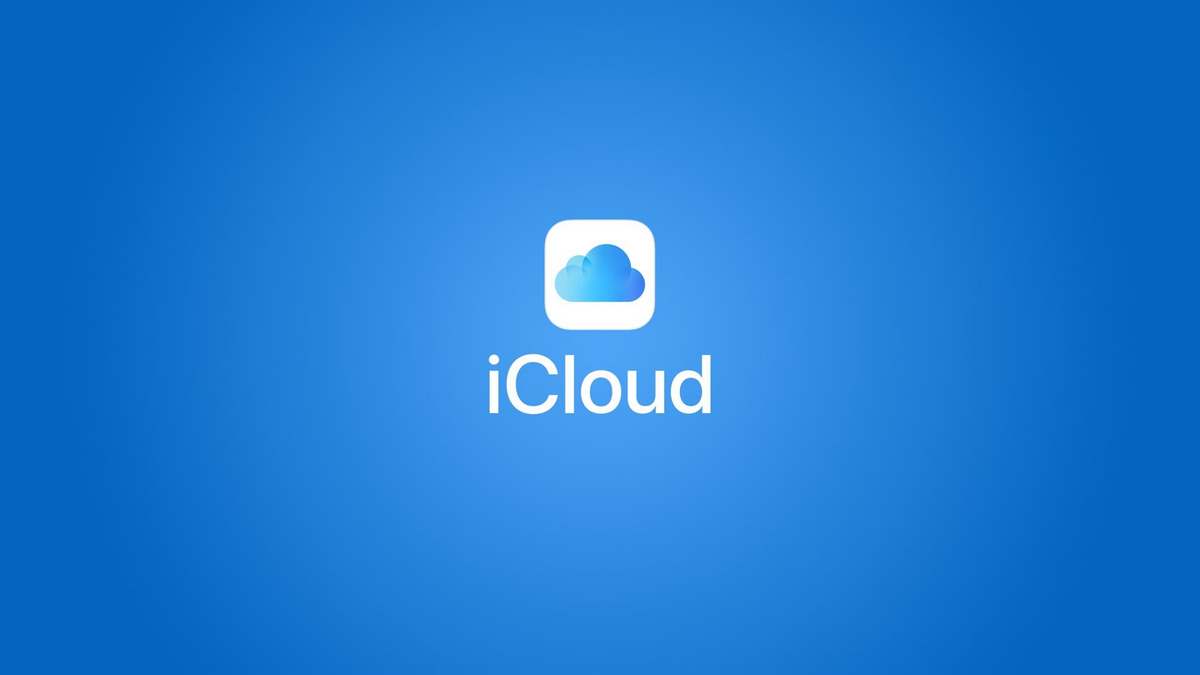
You may like the company with the bitten apple more or less, but it is a fact that at the level of services, Apple is one of the great references. The Cupertino-based manufacturer has all kinds of tools to get the most out of its product line. But what happens if we make the big leap to Google's operating system? Well, what are you going to need? iCloud for Android.
In addition, it can also happen that you use solutions with both operating systems. Because, let's be clear, the range of Apple tablets is unrivaled. Do you have an iPad and an Android mobile phone? Well, you know that You can use iCloud on either device, whether you have iOS or Android.
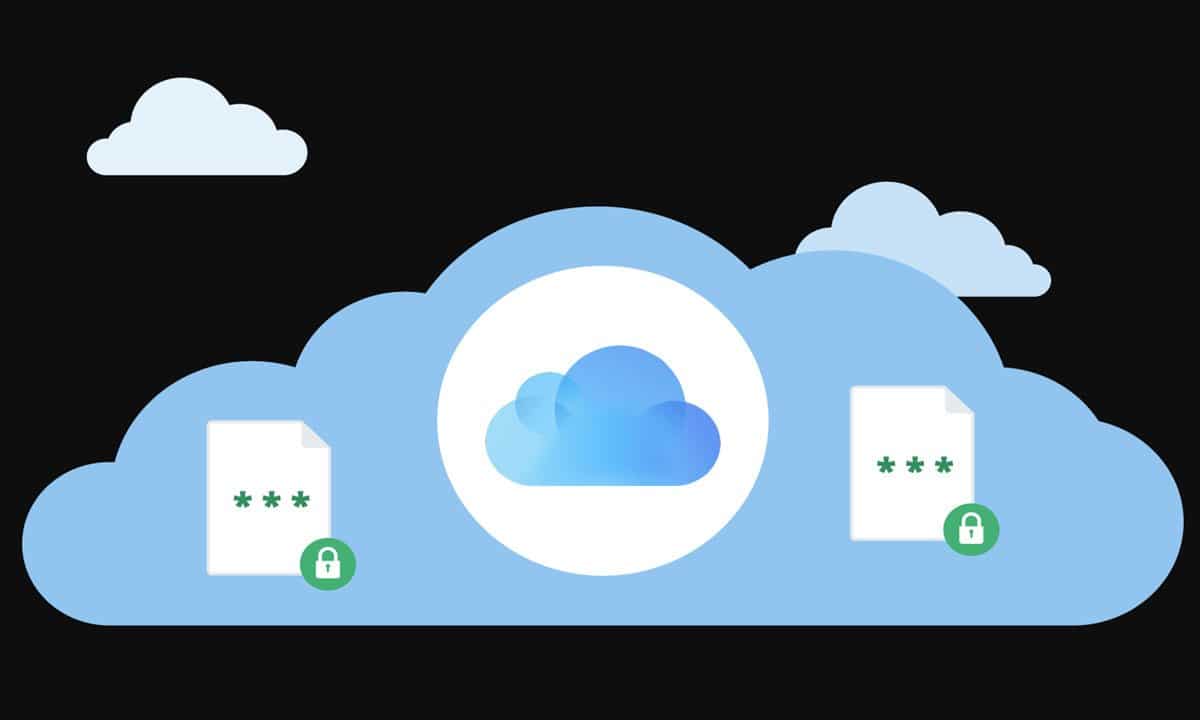
What is iCloud?
As we said, one of the strengths of Apple solutions is the software they integrate. We have already told you about the video calling service for Apple customers, although you can enjoy FaceTime for Android. And something similar happens with iCloud, as you can see later.
But What really is iCloud? Well, we are talking about a platform of services and storage in the cloud so that you can enjoy all kinds of online content, by centralizing all user information in a more orderly way. In this way, you only need an Internet connection to see your notes, photos and everything you need.

One of the great benefits of this cloud storage service is that it is compatible with all the company's devices based in Cupertino. What does this mean? Well what If you have an iPad, iPhone and a Mac, for example, you can access this platform from all three phones. Have you taken a photo with the phone? You can see it on the tablet or computer. More complete impossible!
And of course, as it is linked to your Apple account, the moment you change your device you will continue to enjoy its benefits. Unless you go over to his great rival ... Or not? More than anything because there are options for access iCloud on Android. Let's see how to get it.
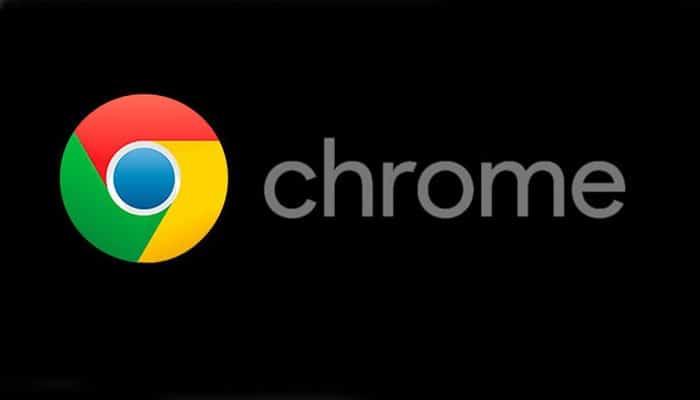
You only need a browser to use iCloud on Android
We personally recommend using Chrome to access iCloud on your Android as it is one of the most powerful browsers on the market, although you can use any solution available in the Google application store. And, as you will see later, the process is really simple.
And watch out, it's all thanks to Apple. More than anything because, after years of pleading from customers, the company has finally renewed its website for mobile devices, being able to access iCloud from an Android phone or tablet, very easily. What is the first thing you should do? Access the official website of the service.
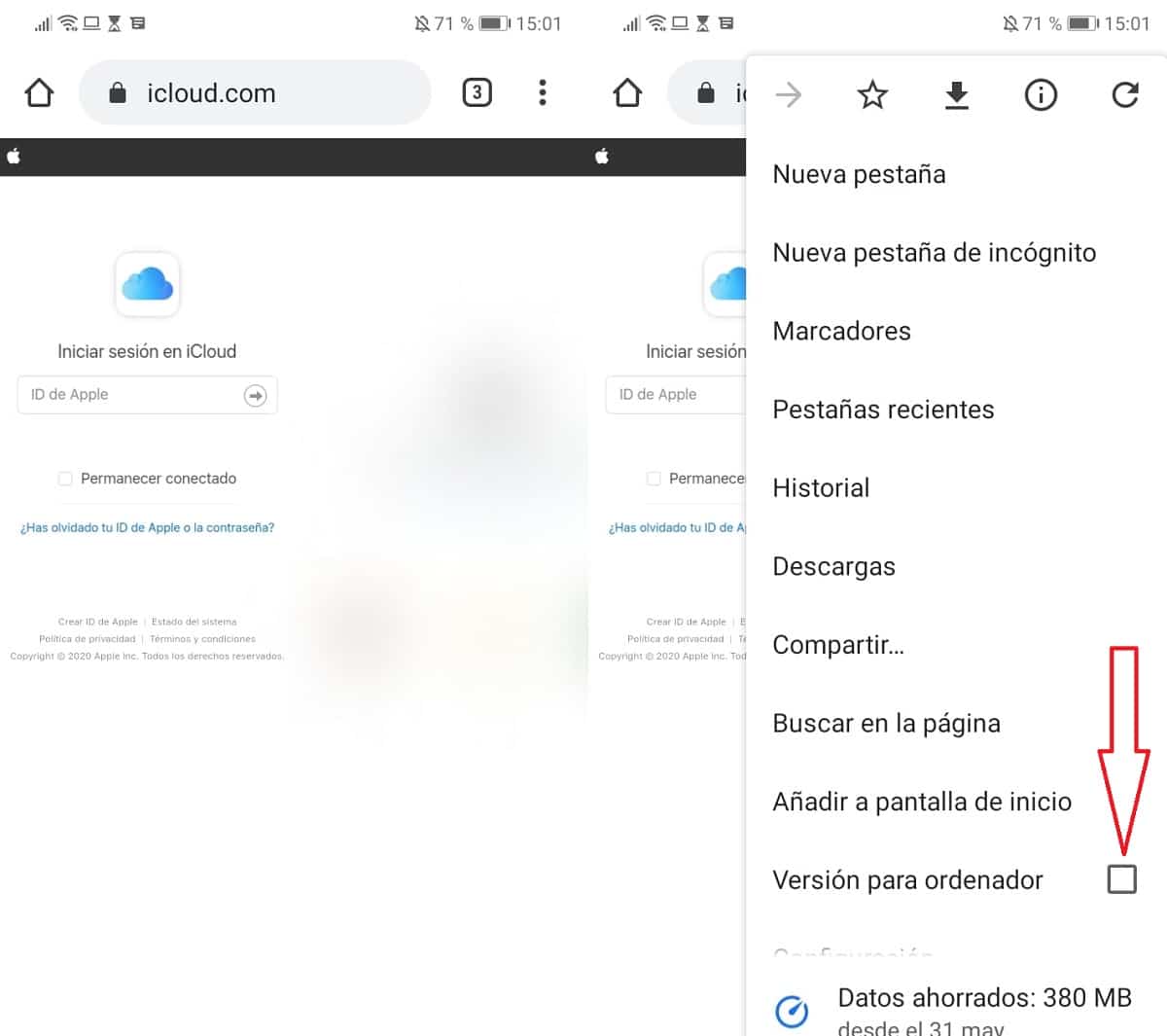
When you enter iCloud, the next step will be activate the computer version of the browser. More than anything because, in the mobile version you will see that there are very few options, but by activating this function you will be able to enjoy most of the solutions that iCloud integrates. In this way, you will be able to see your email, the photos you have uploaded to the Apple cloud, the annotations you have in the calendar, download content from iCloud Drive ...
Come on, the functionality is quite complete, but there is a but to keep in mind: Notes is rubbish. Yes, Apple's service for saving all kinds of annotations looks really bad on your mobile phone. A lesser evil considering that you can use iCloud on your Android phone without any problem.

Why is there no official iCloud app on Android?
Unfortunately, there is no official app that allows you to access iCloud on any Android device. And do not even think about downloading an application that you find in APK format, since in all probability you will find a virus or a Trojan that causes you real headaches.
And the million dollar question is: why the hell can't you download the official iCloud app for Android? Well, very simple, since it is all Apple's fault. Yes, the Cupertino-based company has a nefarious policy in this regard. The bottom line is that either you are inside Apple, or you are outside.
The well-known American company does not want its services to be used from products that do not have the well-known bitten apple logo, so they don't make things easy for former iCloud users at all who have made the leap to their great rival. The problem is that this also affects customers who have an Apple tablet and an Android phone, which are quite a few.
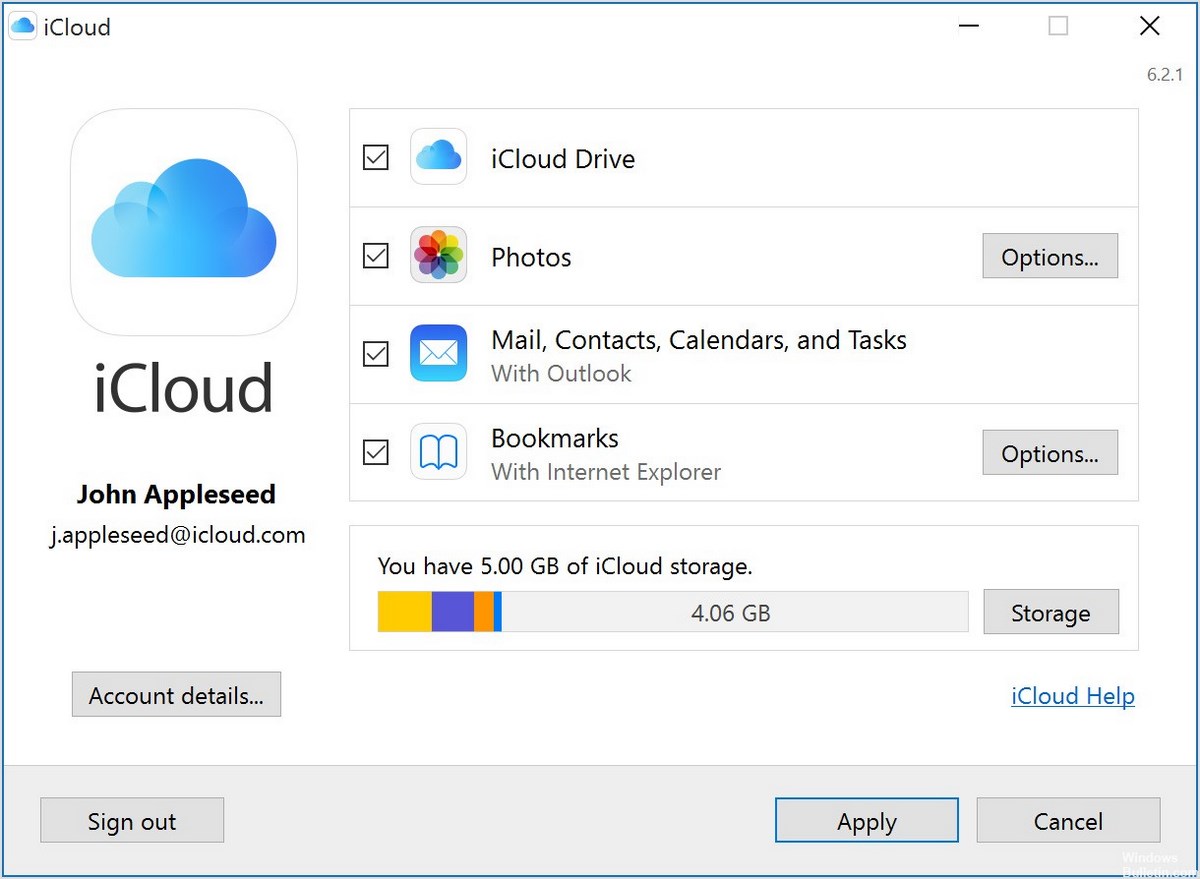
In this way, it is impossible for you to have an iCloud application for Android terminals, although there is an option to take into account and that can help you. And it is as simple as create a shortcut to the Apple cloud web on the desktop of your Android phone or tablet.
The process to follow is really simple. The first thing you have to do is access the official iCloud website from the Chrome browser. Now, tap on the icon with the three dots, known as More, to be able to see the different configuration options. The next thing you should do is tap on «Add to home screen»And follow the instructions that they indicate, which will be mainly adjust the icon and location of the access on the home screen of your device.
Now, when you have the shortcut created, all you have to do is give the icon you have created to be able to access iCloud from your Android phone or tablet in a very simple way. As you can see, it is not the definitive solution to the problem, since there should be a native application in the Google application store. But at least with this fix you will have the possibility of accessing the Apple cloud, albeit in a somewhat limited way.